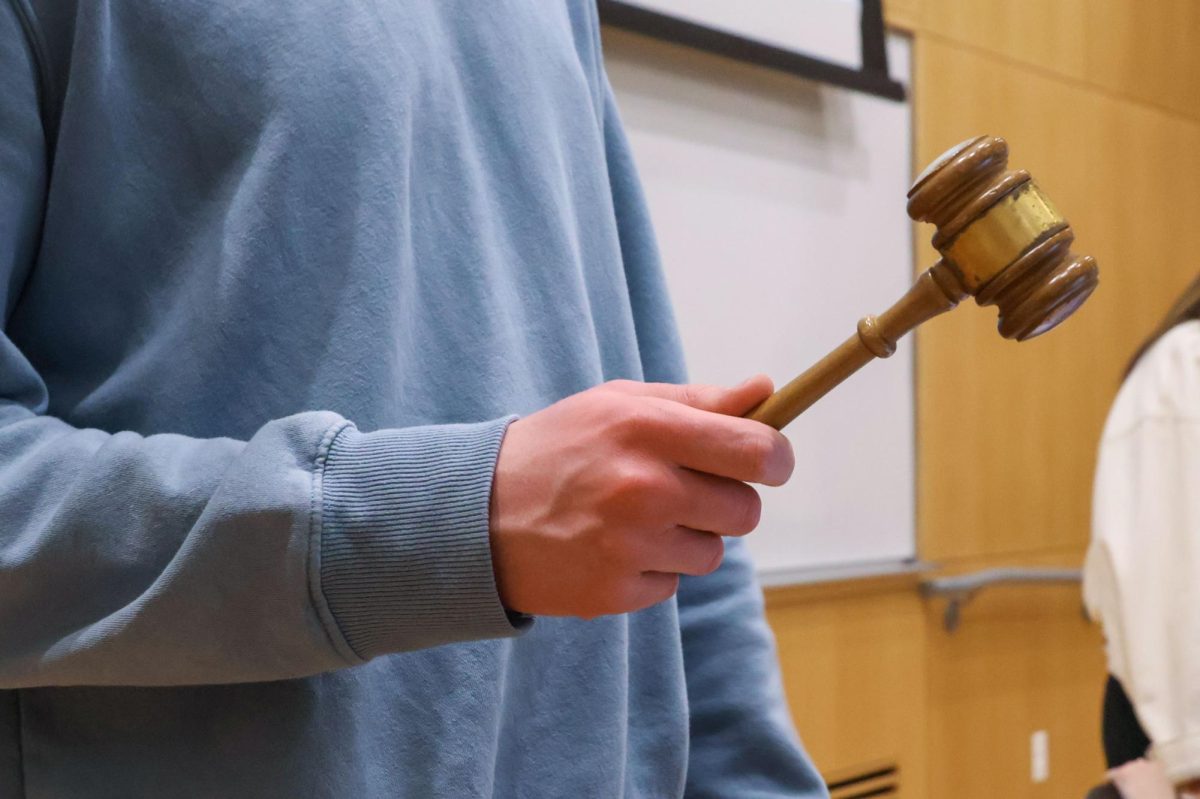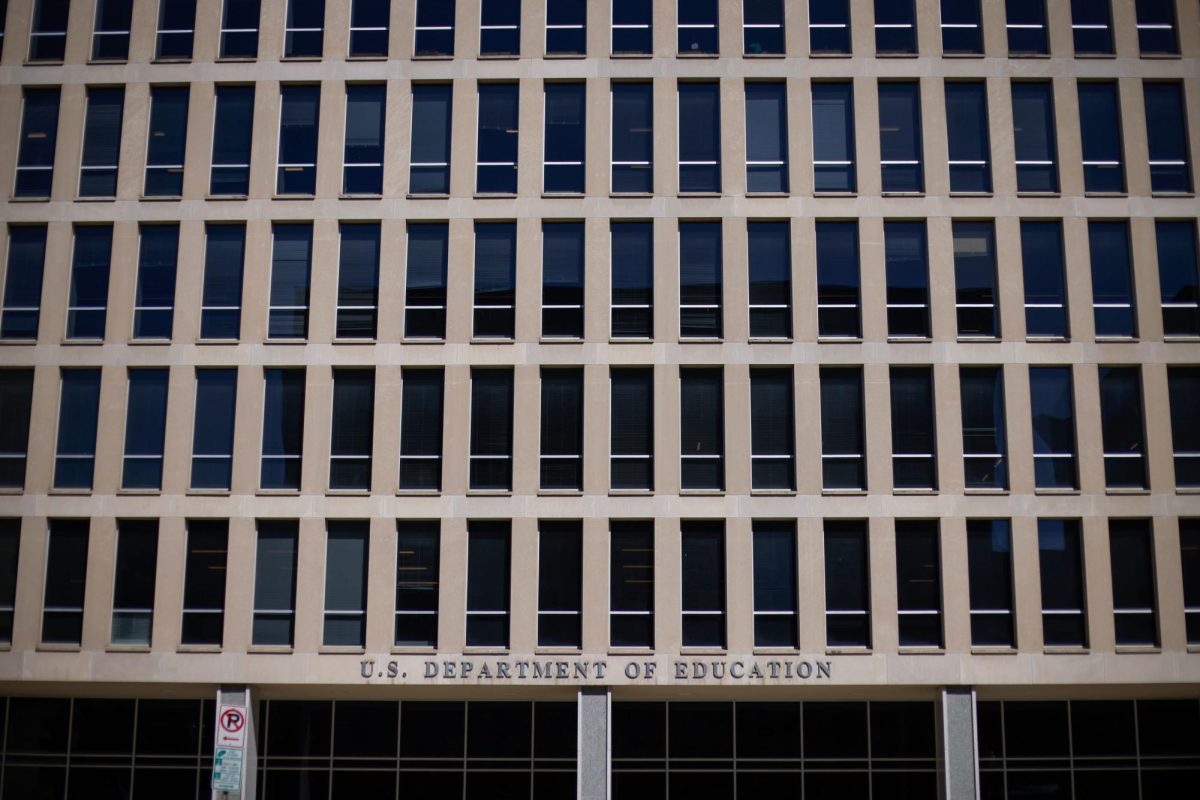The White House announced a new nationwide initiative last week to ease the burden of student debt by reducing interest rates and minimum payments – a move a University administrator said would affect few students.
The federal program is designed to make loan repayment more manageable so potential students are not deterred from attending college by high interest rates. The “We Can’t Wait” campaign will allow some students to repackage two types of federal loans together at a lower interest rate starting in January.
Associate Vice President for Financial Assistance Dan Small said the changes will only affect GW students who had loans before July 2010 – mainly upperclassmen and graduate students.
Before 2010, the University channeled its federal loans – Federal Family Education Loans – through third-party banks. After joining the Federal Direct Loans program that summer, GW was allowed to run its loans directly through the government without banks.
Students receiving federal aid who enrolled in the University before summer 2010 may have both types of federal loans, on which they are required to make separate interest payments.
The consolidation of loans may allow students to pay lower interest rates on their overall sums instead of two higher rates on different federal and bank plans, Small said.
The White House press release said the reduction of interest rates could be up to 0.5 percent for nearly 1.6 million student borrowers who have both Direct Loans and Federal Family Education Loans.
Yet Small estimated the affected population is relatively small and savings could be minor.
The Obama administration also sped up another student debt initiative – the Income-Based Repayment Plan – that will allow new student borrowers to make smaller monthly payments based on their earnings. The changes, which will now start next year, were originally slated to take place in January 2014.
Repayment on loans is currently limited to 15 percent of discretionary income – what’s left after paying for taxes, food, shelter, clothing and other necessary items. After 25 years of making payments on student loan debt, any remaining sum is forgiven.
The President’s new plan reduces the repayment limit to 10 percent of income and cancels any balance after 20 years, expediting a law that Congress supported last year.
Students who take advantage of this option will pay smaller monthly amounts, but over a longer span of time.
Small warned that the option to extend loans might be harmful to some students who could manage to pay it off faster at a higher percentage. Spreading out their loans could affect credit scores or eliminate benefits, such as interest deferral upon enrolling in graduate programs, he said.
“It really depends on what the plans are of the student,” he said. “It may be better to stay where you’re at.”
The new guidelines are also unlikely to affect many GW students, Small said, as less than 1 percent of GW students who took loans defaulted under the current system.
“College graduates are entering one of the toughest job markets in recent memory, and we have a way to help them save money by consolidating their debt and capping their loan payments,” Secretary of Education Arne Duncan said in a press release.






